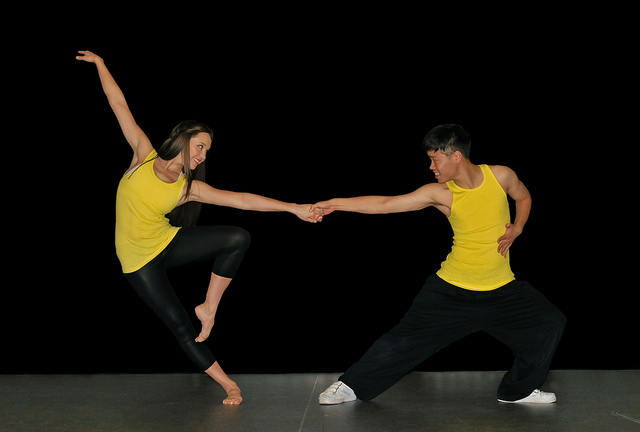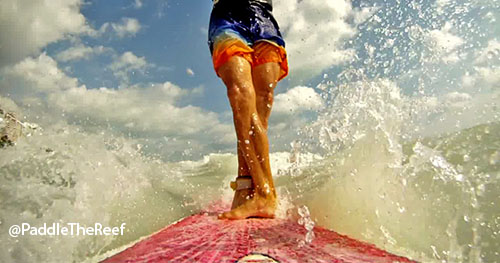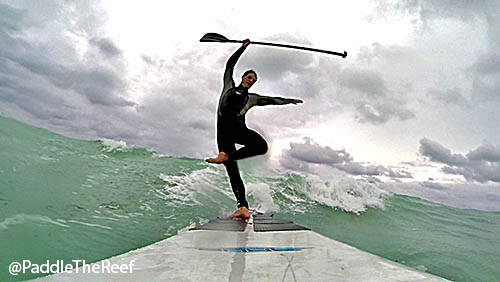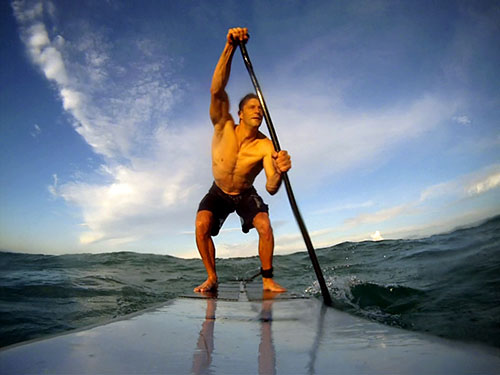by Janet (Neidhardt) Rothwell
For the past three years I have served on the Literacy Committee at my high school. Being a member of this committee has opened my eyes to not only how important literacy is in students’ education but also the various ways in which I can use literacy as a teaching tool for dance. Each year, I work with a Literacy Coach to create various instructional tools to embed literacy within my dance instruction.
I have used a variety of graphic organizers to guide students’ thought process during formative assessments on movement sequences, feedback on choreography studies, and self-assessment/reflection. One organizer that I really enjoy using is the Frayer Model. It is a model with four squares all connected with a rectangle in the middle. (See image below) I am able to change the language of each square to adjust how I direct my students’ thought process on different topics.

In this example, I placed a choreography tool in the center (this example was for Levels) and scaffolded questions in the boxes.
Box 1: Definition of the tool
Box 2: Where was this tool included in the choreography?
Box 3: What variations of the tool were used?
Box 4: Where/How else could it have been used?
While students watch their peers perform their group dances they fill out this form to provide feedback. This process helps students to formulate their ideas and train their eyes to watch for these tools when watching a dance. At first, I thought this process might take too much time but once we got started it was very quick and I saw greater comprehension and clearer feedback from my students as a result of using it. Having students fill this out allows me to know if they understand the choreography tools being taught in class.
After completing this process of using the Frayer model, I observed more fully developed choreography works and deeper conversation from my students about choreography tools. This heightened knowledge for students allowed them to become “dance insiders” in that they could now use terms and concepts that translate to improved performance.
Adding dance literacy to the dance classroom can deepen student understanding of dance concepts. If we want to create artistically literate students we need to take the time to teach them our vocabulary and engage them in our language of the arts. This is just one simple strategy to add literacy components to a dance class. I have come to appreciate experimenting with other methods of literacy embedded instruction.
I always tell my students to be “thinking dancers” and not just “imitators of movers.” I think that teaching dance language in greater detail and putting dance vocabulary into context provides them with the knowledge they need to be a successful thinking dancer. Being thoughtful about how we introduce our dance terminology and concepts also allows this information to be approachable and applicable. Watching the light bulbs go off in my students’ heads is always a great moment, and I have found that using some specific and purposeful literacy strategies in my dance instruction has created more of these moments.

Contributor Janet (Neidhardt) Rothwell has been a dance educator for over 15 years. She has taught modern, ballet, and jazz at various studios and schools on Chicago’s North Shore. She received her Principal License from National Louis University, her MA in Dance with an emphasis in Choreography from the University of North Carolina-Greensboro, and her BA in Communications with a Dance Minor from the University of Wisconsin-Madison. Throughout her time in graduate school, Janet performed with Sidelong Dance Company based in Winston-Salem, NC.
Currently, Janet teaches dance at Adlai E. Stevenson High School in Lincolnshire, IL. She is the Director of the Mélange Dance Company and assists in the production of the Winter and Spring Dance Concerts at Stevenson High School. Janet has also presented multiple times at the National Dance Educators Organization Conference. She regularly seeks out professional development opportunities to continue her own artistic growth.
When she isn’t dancing, Janet enjoys practicing pilates, yoga, and playing with her children.










